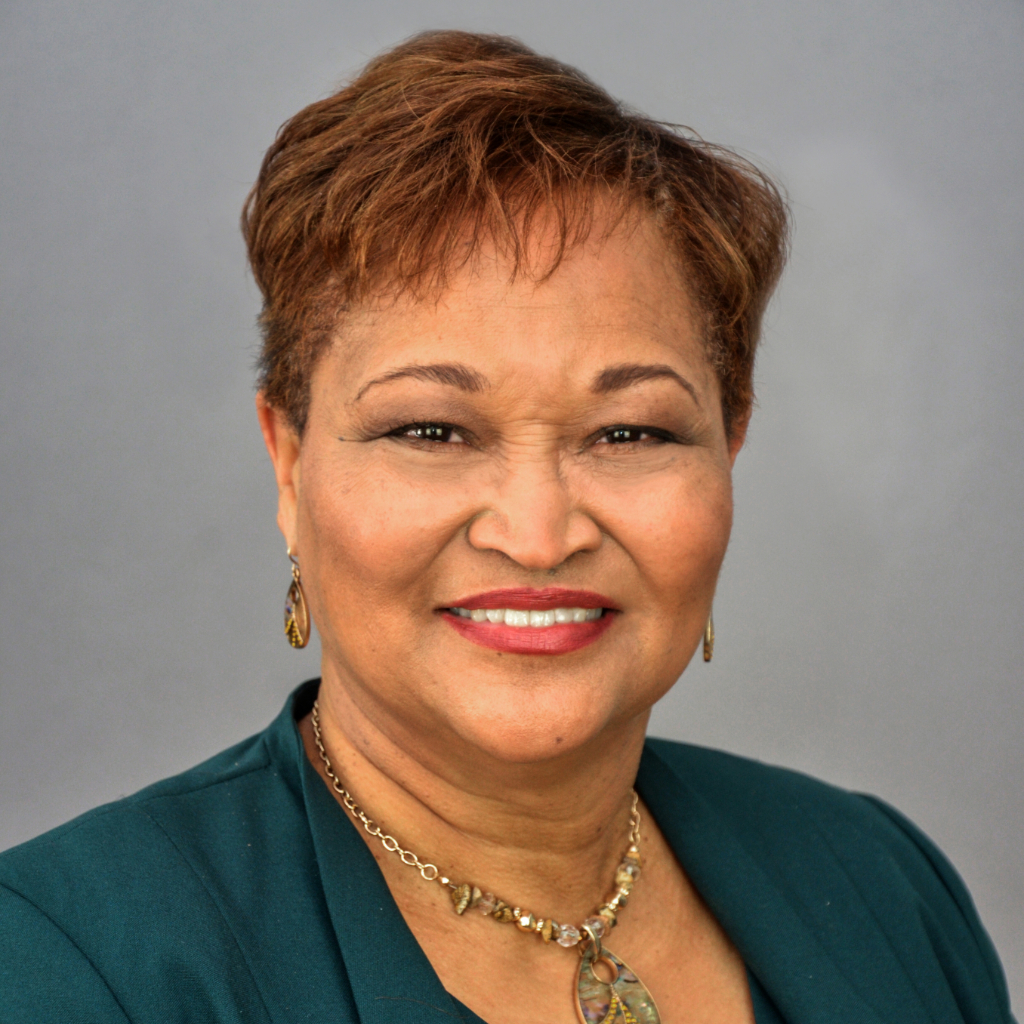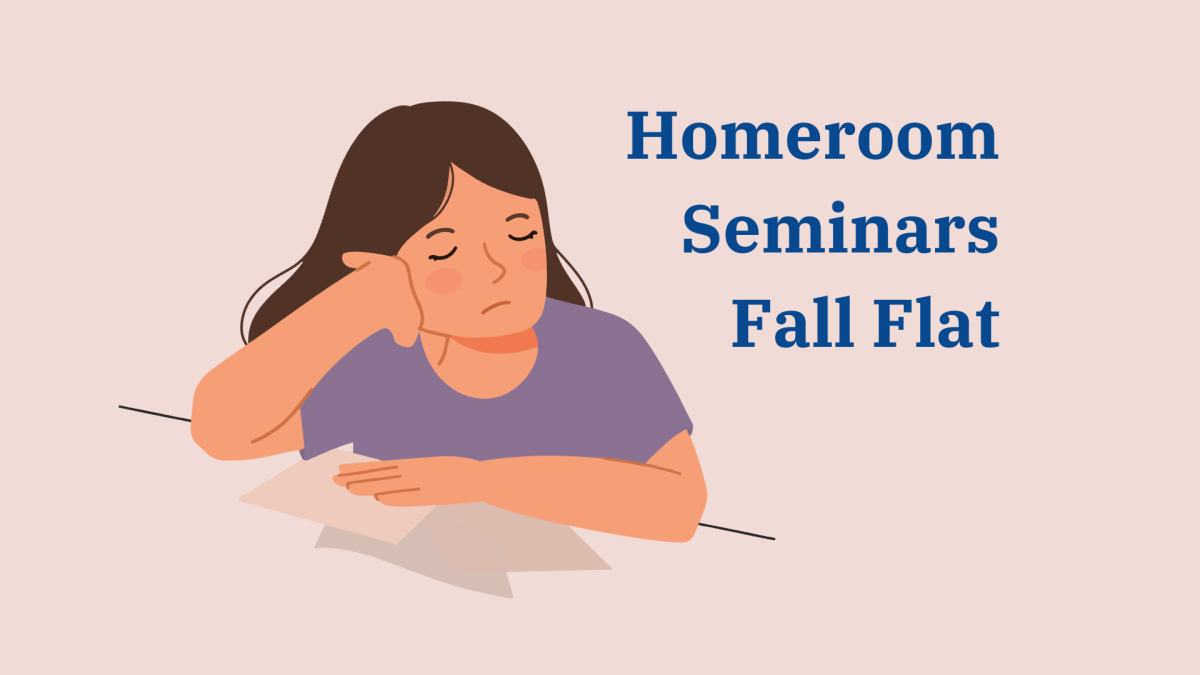Attendance buybacks have started up again, but they continue to be a waste of time and resources.
ACPS’ solution to student chronic absenteeism, known as “buybacks,” allows students who miss over 10 periods of a class to make up three absences by staying after school for one afternoon. At buyback days, students are expected to do work for their classes, but aside from a no-phone rule, there is little stopping students from doing non-academic activities at that time.
AHS’ chronic absenteeism rate doubled to nearly 20% after the pandemic, a bit below the national average of 29.7% in the 2021-22 school year. Students who are chronically absent miss at least 10% (18 days) of the academic year for any reason, according to the Virginia Department of Education (VDOE).

Chronic absenteeism is linked to low academic performance, low test scores, dropping out of high school and poor outcomes later in life. With AHS’ rate at 15% this year, that equates to about 300 chronically absent students at risk of these consequences.
Absenteeism is undoubtedly a major issue of post-pandemic education, but the buyback policy is not an effective solution.
Buybacks encourage students to miss class because they essentially nullify three absences (or four hours of class time) in one buyback afternoon (two hours). It does not truly make up for the academic instruction they missed during class — it only gives them time to make up the work.
The problem lies here: students can quantitatively make up absences and turn in assignments, but they cannot make up the actual instruction missed. There is no proof that they are gaining back the academic enrichment that comes from physically being in class.
Additionally, holding buyback afternoons means the administration needs to pay teachers to supervise outside of their working hours. But if the buybacks aren’t effectively helping students, then it’s just another unnecessary expense.
The policy is also unevenly enforced. For example, one senior at AHS has missed about 240 hours of class time this year alone, but only had to spend two Saturdays and one after school session (ten hours total) to buy back their attendance — which is 24 hours of class time made up for each hour of buy back. Since some seniors missed more school than there was buyback time available, guidance counselors were instructed that seniors only had to make up 10 hours.
Among other academic indicators, the VDOE grants accreditation to schools based on rates of chronic absenteeism and on-time graduation. Understandably, ACPS is under pressure to stay accredited, so it has prioritized graduation rates. Unfortunately, we seem to only want the appearance of academic success rather than the reality.
Chronic absenteeism is a national issue; the VDOE must reconsider its criteria for accreditation. Schools are not to blame when parents don’t send their children. This policy effectively forces schools to create an attendance facade rather than spending the time and money on the roots of the problem.
The whole point of school is actually going to it. Buybacks give students a way out of that responsibility. It is well known that attending school is correlated to success later in life — if we do not enforce attendance policies, students will suffer for it.
In an effort to preserve graduation rates, the administration sacrifices students’ academic ability and college readiness. ACPS prides itself on being a top-tier school system, but if we want to uphold that ideal, we must ask more than the bare minimum of students. We must stop enacting superficial solutions and start holding students accountable.







